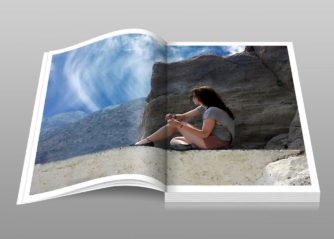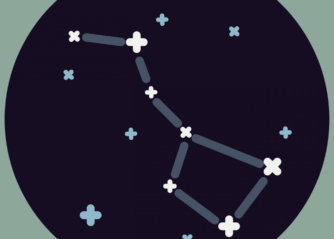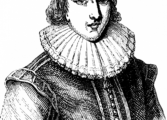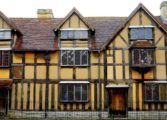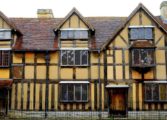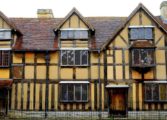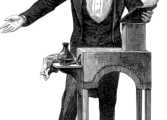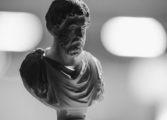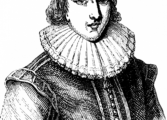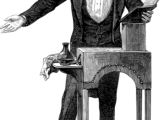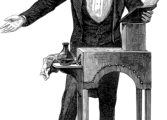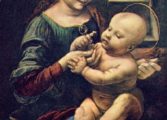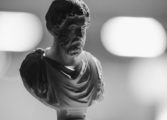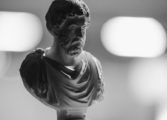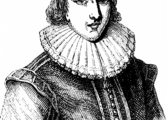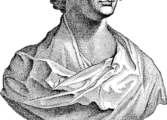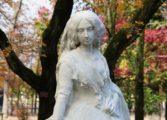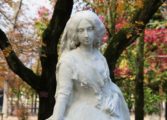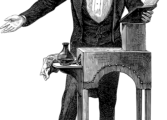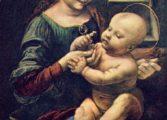Edgar Allan Poe: The Raven – A Haunting Masterpiece of Gothic Literature
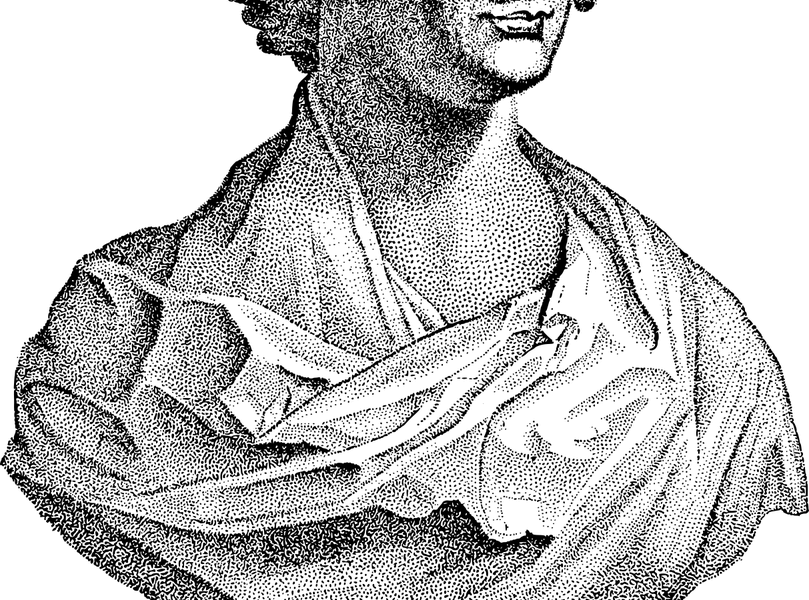
Introduction:
“Edgar Allan Poe: The Raven” is an iconic poem in the realm of Gothic literature. Written by the renowned American writer and poet Edgar Allan Poe, it was first published in 1845 and has since captivated readers with its dark and eerie atmosphere. This article delves into the depths of this haunting masterpiece, shedding light on its significance and exploring its historical evolution.
1. Understanding “Edgar Allan Poe: The Raven”:

– “The Raven” is a narrative poem that tells the tale of a man who is visited by a talking raven during his grief over the loss of his beloved Lenore. The poem explores themes of death, despair, and the inevitability of loss.
– Poe’s skillful use of imagery, symbolism, and rhythmic composition contributes to the poem’s haunting and melancholic tone. Each stanza builds upon the previous, intensifying the sense of sorrow and despair.
– The raven itself is a symbol of death and serves as a constant reminder of the protagonist’s anguish. Its repetitive refrain, “Nevermore,” echoes throughout the poem, highlighting the man’s inability to escape his sorrow.
– The exploration of the human psyche and the fragile nature of sanity are prominent themes in “The Raven.” The protagonist’s descent into madness, fueled by the raven’s presence, adds to the poem’s unsettling atmosphere.
2. Historical Evolution of “Edgar Allan Poe: The Raven”:
– Upon its publication in 1845, “The Raven” received immediate acclaim and solidified Poe’s reputation as a master of macabre literature. It brought him both fame and critical recognition.
– The poem’s popularity soared, becoming a cultural phenomenon that transcended national borders. Its dark and introspective themes resonated with readers worldwide, solidifying its status as one of Poe’s most beloved works.
– Over time, “The Raven” has been analyzed, interpreted, and adapted by various literary scholars, filmmakers, and artists. Its pervasive influence on popular culture can be seen in countless references in movies, music, and artwork.
– Poe’s unique blend of psychological horror and poetic craftsmanship laid the foundation for the development of Gothic and horror literature in the 19th century. Many subsequent writers were inspired by Poe’s style and themes, leading to the emergence of a new era of dark and atmospheric storytelling.
– “The Raven” continues to be studied and celebrated in academic circles, with its intricate wordplay and narrative structure captivating scholars and enthusiasts alike. Its enduring appeal lies in its ability to evoke powerful emotions and tap into the deep recesses of the human psyche.
– In contemporary times, “The Raven” serves as a testament to the timeless nature of Poe’s works. Its exploration of grief, loss, and the fragility of the human mind remains relevant, ensuring its place as a classic of Gothic literature.
In conclusion, “Edgar Allan Poe: The Raven” stands as a haunting masterpiece that continues to mesmerize readers with its dark imagery and introspective themes. Its significance in the realm of Gothic literature and its enduring presence in popular culture is a testament to Poe’s extraordinary talent as a writer. As we delve into the depths of this mesmerizing poem, we are reminded of the power of words to elicit profound emotions and explore the darkest corners of the human experience. So, immerse yourself in the haunting beauty of “The Raven” and allow Edgar Allan Poe to transport you to a realm where melancholy and madness intertwine.
Header Tags:
– “Edgar Allan Poe: The Raven – A Haunting Masterpiece of Gothic Literature”
– “Understanding ‘Edgar Allan Poe: The Raven'”
– “Historical Evolution of ‘Edgar Allan Poe: The Raven'”
Bulletpoints:
– Detailed analysis and exploration of “Edgar Allan Poe: The Raven”
– Significance and themes of the poem, including death, despair, and loss
– Symbolism and imagery in “The Raven,” such as the raven itself and its refrain of “Nevermore”
– The poem’s contribution to Gothic literature and its influence on subsequent writers
– Cultural impact and adaptations of “The Raven” in movies, music, and artwork
– Academic interest and contemporary relevance of the poem
– Poe’s writing style and his lasting legacy as a master of macabre literature

